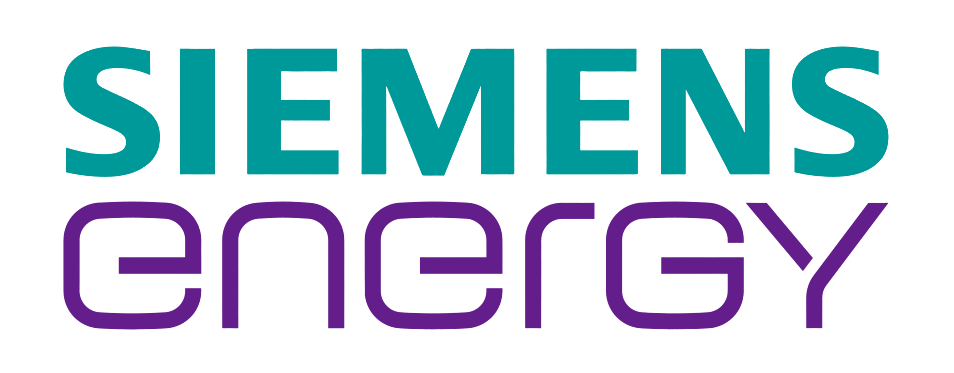FutureBridge highlights six technology domains set to transform passenger transportation
“The 2020s will see empathetic HMI [human-machine interface] in next-generation cockpits catering to passenger needs, enhancing safety, and unlocking well-being as a key USP,” said Georgios Stathousis, FutureBridge’s Mobility Insider Product Manager. “This concept of occupant well-being will incorporate elements of predictive personalization for safety, such as active health monitoring and seat-integrated safety systems, and conveniences, such as virtual companions, individual passenger audio zone, and lighting as external HMI.”
The company’s analysis highlights six technology domains that set to transform passenger transportation. This bi-annual analysis combines techno-commercial data across 21 cutting-edge frontiers in mobility with the benchmarking of the products and innovation strategies of leading global automotive ecosystem participants.
1. Cars feel human emotions
Emotion recognition is a critical unlock for passenger monitoring systems (PMS) to improve their performance on driver distraction and driver drowsiness, and progress from warnings to prevention. The latest benchmarking of the PMS roadmap of major Tier 1s and startups, such as Affectiva and EyeSight, reveals that 33% of them already capture driver emotions. As technology developers integrate emotion AI with voice assistants, lighting, and personalized audio, cars will become humanized assistants.
2. Well-being becoming the key USP for the cockpit of the future
Occupant well-being is becoming the key attribute of smart cabins. FutureBridge’s tracker of leading disruptors in automotive cockpits highlights companies such as Faurecia, whose Active Wellness 2.0 will offer real-time monitoring and comfort to the driver; and Smart Eye, which provides eye tracking to both European and Chinese OEMs.
3. 2022: level up to fully automated driving and the 25th hour
With the impending type approval for Level 3 systems, “eyes of the road” could give drivers time back during automated driving modes—about 50 minutes per day according to Audi, hence a 25th hour. Next-generation radars, LiDARs, and cameras will shrink the timelines for the commercialization of fully automated driving in passenger cars. System-on-chip technology for miniaturization of LiDARs, metamaterials, single-chip imaging radars, VCSEL, and fiber lasers hold strong potential for mainstream adoption.
4. Solid state vs. alternatives for ubiquitous electrified propulsion
These two competing technologies will proliferate in sync with next-generation electric cars. Solid-state batteries inching their way closer to commercialization on the back of rigorous research and investments, and supercapacitors rapidly improving their specific power.
5. Making data the fuel of new mobility business models
Blockchain will catalyze individual mobility business models that monetize connected car data by enabling decentralized authentication for mobility services and powering crypto-currency rewards for data-sharing initiatives and connected electrified infrastructure. The company sees winning business models leveraging high data quality for value-add services, collaborative business models for data-sharing initiatives, and focus on UX (user experience).
6. Individual vertical mobility: mobility’s 3rd dimension
Converging exponential technologies in materials, manufacturing, and energy enable eVTOL (electric vertical takeoff and landing), which powers flying taxis and private drones. Collaborative business models hold the key to unlock safer low-altitude air traffic management and proliferation of sky-ports; while aviation players strategically position themselves to capture a slice of the new market with new partnerships. Finally, patent innovation for fixed-wing aircraft and eVTOL outlines the technology blueprint toward vertical mobility.
For more information, visit www.futurebridge.com.
Our Clients
Our long-standing clients include some of the worlds leading brands and forward-thinking corporations.
- © 2021 Cheers Interactive (India) Private Limited. All rights reserved. FutureBridge ® is a registered trademark of Cheers Interactive (India) Private Limited.



































